What is the best method of eating banana leaf rice? Using hands or fork? In this article, we are going to discuss some of the ways of eating banana leaf rice.

Banana leaf rice is a traditional South Indian method of serving food or white rice on a banana leaf. It holds significant cultural importance in the South Indian community. Afterall, it is not just a meal but a communal experience. During special occasions, people see serving hot food on a piece of banana leaf. It is shown as a form of hospitality and respect. The use of banana leaves as plates dates back to ancient times. Hence, deeply rooted in the traditions and customs of South India.
One of the central questions surrounding banana leaf meal is the method of eating – hands or fork? Traditionally in Indian culture, eating with one’s hands is the preferred. Moreover, it is a customary way to enjoy a banana leaf rice meal. Some believes that using one’s hands enhances the flavors of the food, more authentic and intimate. However, with modernization and influence from other cultures, some individuals may opt to use utensils like forks and spoons instead.
This raises an interesting question about the cultural significance and authenticity of the banana leaf rice experience. Despite the changing times, the debate of hands or fork remains a central aspect of the cultural significance of banana leaf rice. It represents the intersection of tradition and modernity.
Traditional Way to Eat Banana Leaf Rice: Hands or Fork?
When enjoying banana leaf rice, a traditional meal also popular in Indian cuisine, people prefer using their hands. They favor this over using a fork. Eating with hands is not just a cultural norm but also a way to enhance the dining experience. The act of mixing the rice, variety of curries, and pickled vegetables with one’s fingers not only allows for better incorporation of flavours. It also offers a more sensory and tactile experience.
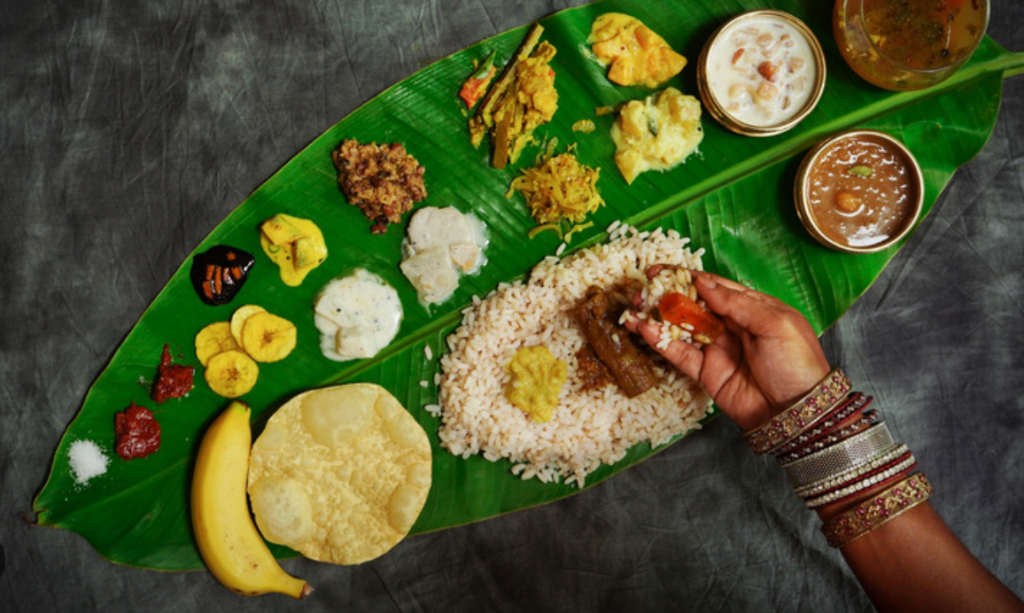
In South India, people customarily eat traditional dishes such as banana leaf rice with their hands. They believe it brings them closer to the food and creates a more intimate dining experience. People see using hands to eat as a sign of gratitude and respect toward the food. They also view it as a sign of respect toward the person who prepared it.
However, in some places, especially in urban areas, the use of a fork or spoon has become more common. This shift is due to modern influences and convenience. In these regions, there is a growing debate about the traditional way of eating banana leaf rice. The discussion centers on whether using utensils detracts from the authenticity of the experience.
Overall, while regional variations and cultural norms may exist regarding the choice of utensils for eating banana leaf rice. The traditional way of using hands deeply roots in Indian culture and dining experience. Hence, continues to be the preferred method for many.
Why Some Cultures Prefer Hands for Banana Leaf Rice
Many cultures, particularly in South and Southeast Asia, prefer eating with hands. This preference is especially prominent when it comes to dishes like rice dishes. Both cultural and historical reasons attribute to this preference. These societies deeply root the act of eating with hands. They often see it as a more intimate and traditional way of consuming food.
The use of hands for eating is not just a matter of practicality, but also a way to feel a stronger sense of connection to the food. The tactile experience of using one’s hands to mix and savor the flavors of the various dishes on the banana leaf is a key part of the dining experience. It allows for a more interactive and sensory experience, where individuals can truly engage with their meal.
Moreover, the tradition of eating with hands has passed down through generations, reinforcing the cultural significance of this practice. It is a way of preserving and celebrating the customs and heritage of their respective communities. In some cultures, they believe that using hands for eating also has health benefits. They believe the natural oils from the hands can aid in the digestion process due to antibacterial properties.
In conclusion, people deeply ingrain the preference for hands in dining, especially when it comes to banana leaf rice, in cultural and historical traditions. It serves as a way to maintain a sense of connection to the food and to uphold the cultural practices of the community.
Benefits of Eating Banana Leaf Rice with Hands
Eating banana leaf rice with hands has several advantages and holds cultural significance. The act of using one’s hands to consume this traditional South Indian meal can enhance the sensory experience and foster a deeper connection with the food.
Firstly, eating with hands allows one to truly experience the various textures and temperatures of the meal. The combination of warm rice, flavorful curries, and crispy papadum can be fully enjoyed when touched and felt with the fingers. The tactile experience enhances the pleasure of eating and allows for a more interactive and engaging dining experience.
Culturally, consuming banana leaf rice meal with hands is a tradition that dates back centuries in South India. It is believed that using hands to eat not only connects the individual with the food, but also with the community and the history of the meal. It is a way of embracing and honoring the heritage and customs of the region.
Additionally, eating with hands is believed to aid in digestion, as the natural oils from the fingers help to breakdown the food and stimulate the taste buds. It also encourages mindfulness and being present in the moment, as one must focus on the act of eating.
In conclusion, consuming banana leaf rice with hands offers a multi-sensory experience that connects individuals to their food, culture, and community. It is a practice that not only enhances the enjoyment of the meal, but also fosters a deeper appreciation for the tradition and history behind it.
BananaBro’s Unique Perspective: A Hands-On Experience

At BananaBro, we believe in a unique approach to the age-old debate of hands versus fork when it comes to dining. We understand the importance of preserving traditions while also providing a modern and enjoyable dining experience. Our commitment to this balance sets us apart from other establishments.
We embrace the idea that certain foods are best enjoyed with your hands, allowing for a more tactile and sensory experience. Foods like banana leaf rice are meant to be enjoyed with your hands, and we encourage our guests to fully immerse themselves in the experience.
At the same time, we recognize the convenience and practicality of using utensils, especially in a more formal dining setting. This is why we offer a modern and diverse menu that caters to a variety of tastes and preferences, ensuring that everyone can find something that suits their dining style.
BananaBro’s is dedicated to providing a hands-on experience that is both rooted in tradition and suited to the modern diner. We aim to create a dining atmosphere that is inclusive, enjoyable, and satisfying for all. So whether you prefer using your hands or a fork, you can be sure to have a memorable and delicious experience at BananaBro’s.
Conclusion
In conclusion, the traditional ways of eating banana leaf rice offer a rich cultural experience that goes beyond just the flavors of the meal. It provides an insight into the customs and traditions of the communities that have embraced this beloved dish.
From the meticulous process of serving the meal on a banana leaf to the unique flavors and textures of the various dishes, banana leaf rice is a sensory delight that allows diners to immerse themselves in the cultural richness of South Asian cuisine. The communal aspect of sharing a meal on a large banana leaf also fosters a sense of togetherness and unity, reflecting the values of hospitality and generosity that are deeply ingrained in the culture.
As we enjoy the aromatic curries, fragrant rice, and flavorful accompaniments, we are encouraged to savor not just the delicious food, but also the traditions and heritage that have been passed down through generations. By embracing the traditional ways of eating banana leaf rice, we can celebrate the diversity and cultural significance of this time-honored meal, and gain a deeper appreciation for the cultural richness it embodies.
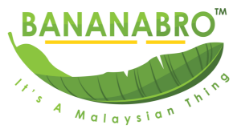
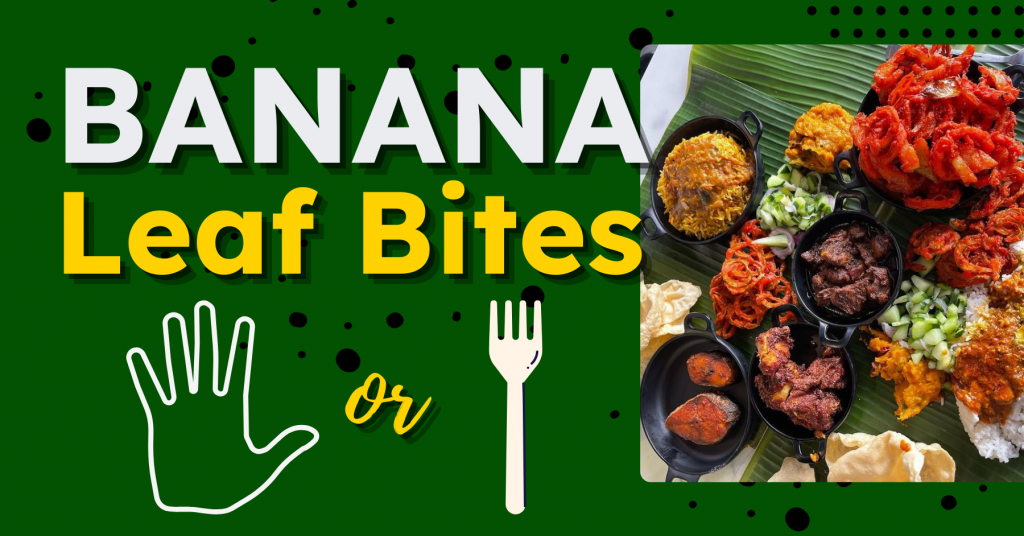
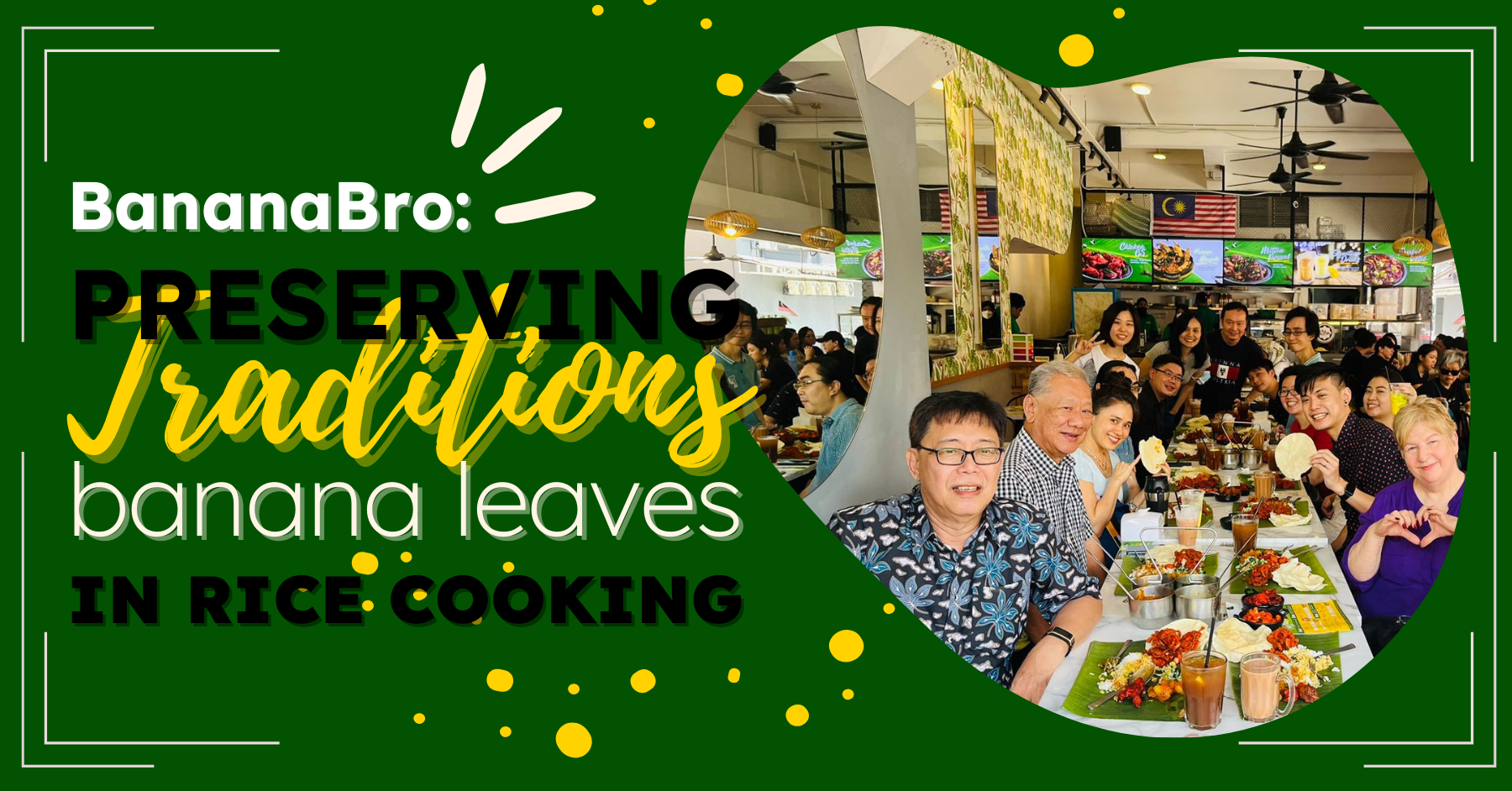
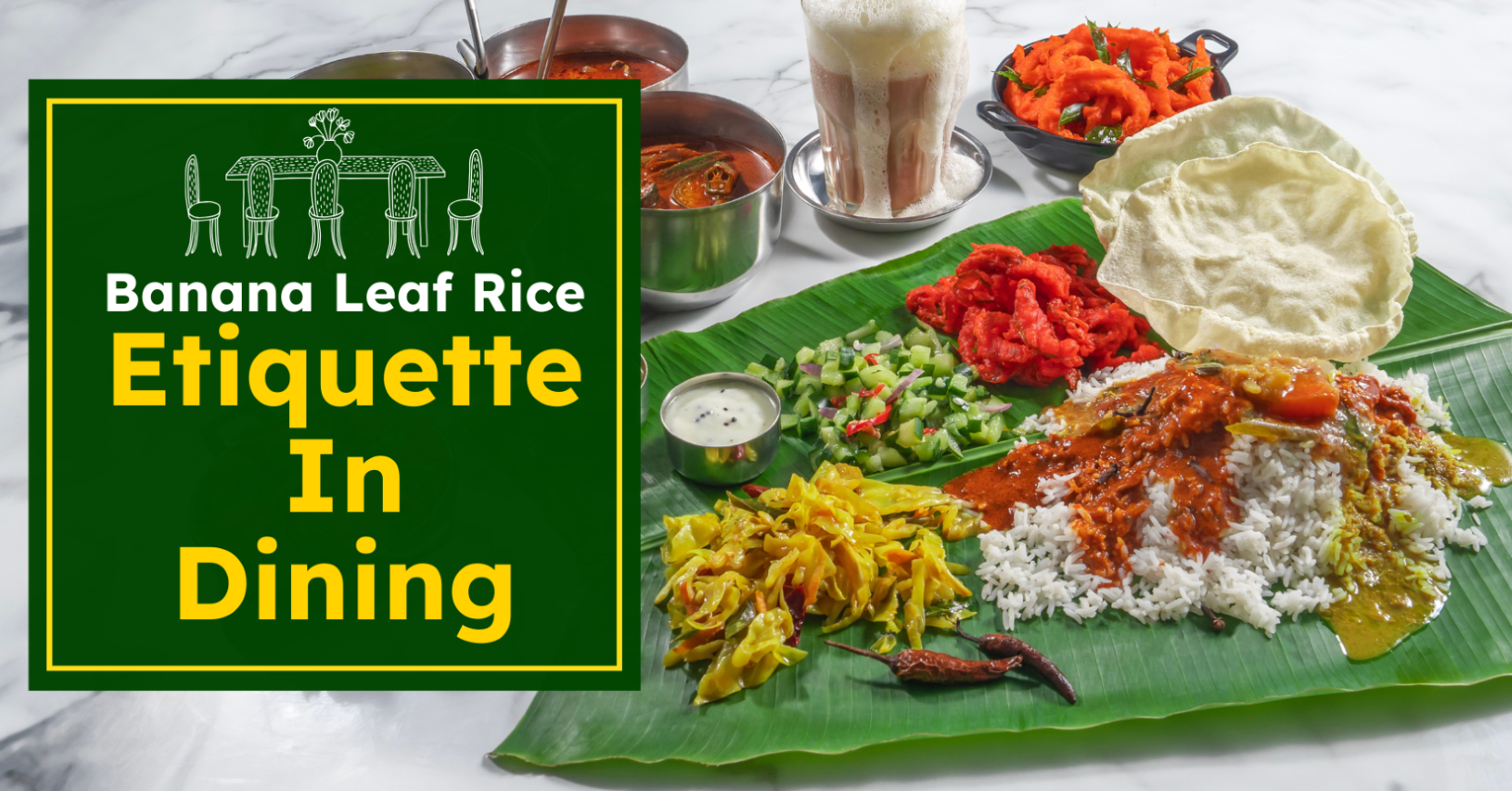

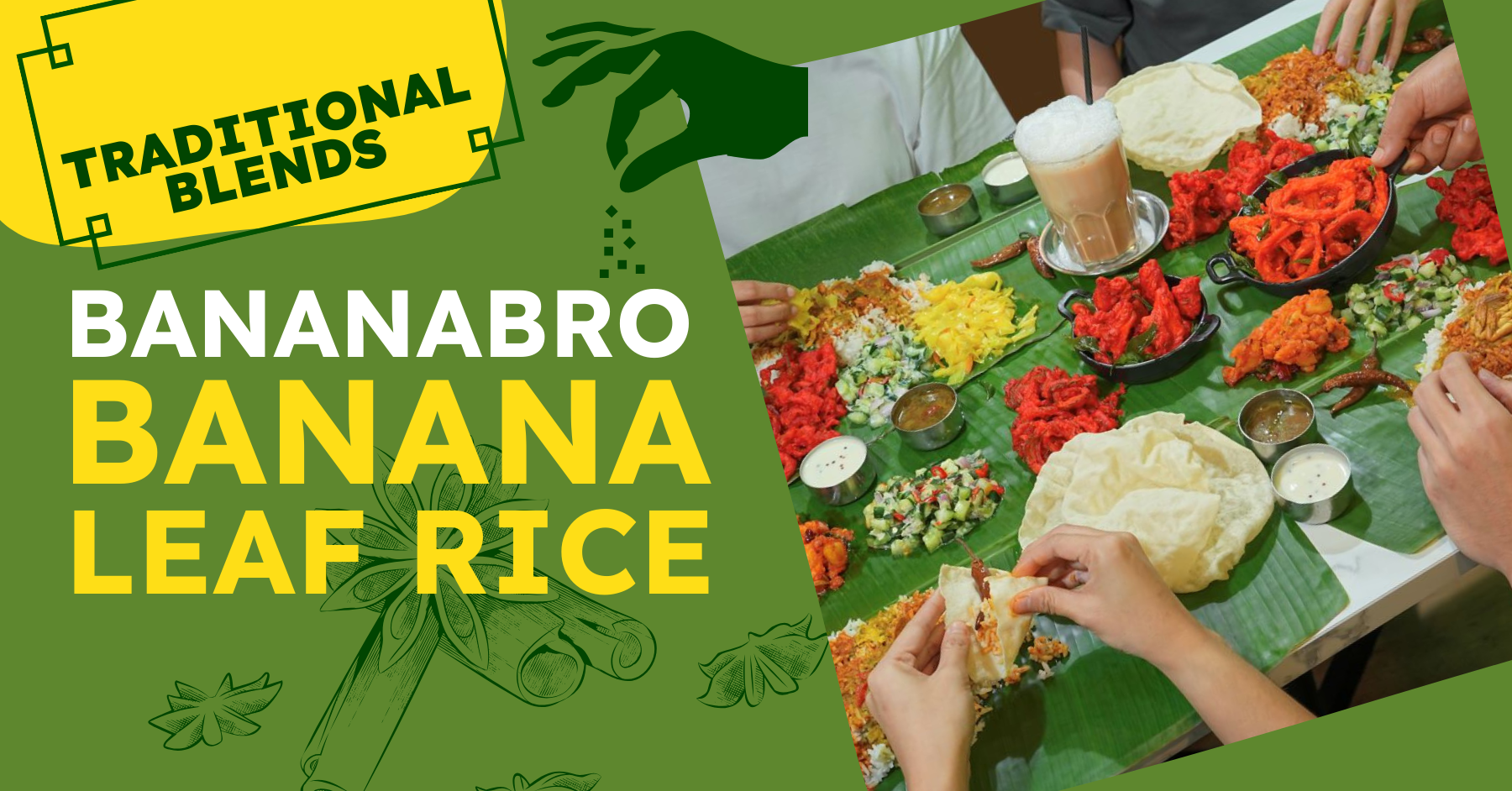

![[BananaBro] Journey Through Banana Leaf Rice Taste, taste of banana leaf rice](https://www.bananabro.com.my/wp-content/uploads/2023/12/BananaBro-Journey-Through-Banana-Leaf-Rice-Taste.png)